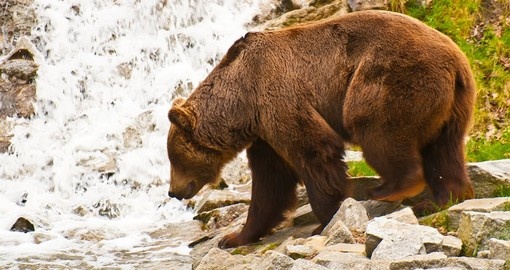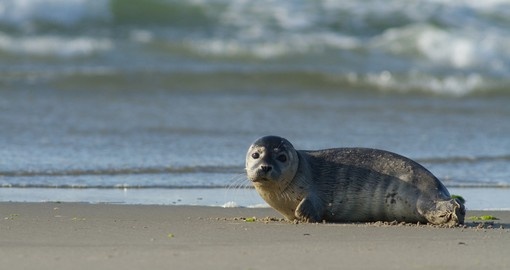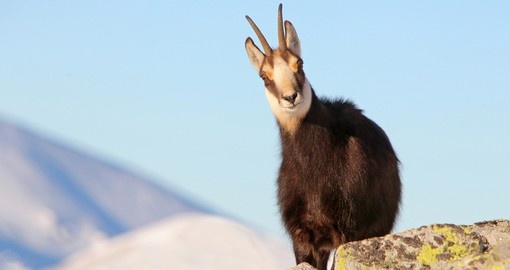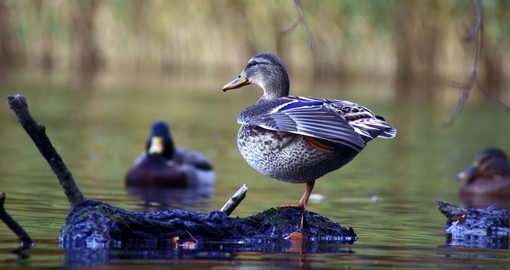Poland Nature & Wildlife
Due to its geographic location, Poland serves as a staging post for migratory birds, providing them with a resting spot as well as a place to eat on their journeys. As a result of this, many species can be found in the country, making it a great destination for bird watchers. Common mammals found in Poland include red deer, elk, and Europe’s largest mammal, the bison. Poland has also been successful in reintroducing species like the Polish wild horse, beavers and lynx.
When it comes to protected areas in Poland, the country hosts 23 national parks. These parks have been chosen because of their outstanding natural value and they serve to protect natural landscapes and biodiversity. Parks must be at least 1,000 hectares in size and the whole area must be protected. Out of the 23 parks, 8 have been designated as World Biosphere Reserves. Bordering each park is a buffer zone known as otulina that is very controlled and allows limited tourist access.
The oldest national park in Poland is Bialowieza National Park. Located in northeastern Poland, adjacent to the Belarus border, the park was originally designated as a forest reserve in 1921. It became a national park in 1932, but during the Second World War, it was split between Poland and the Belarusian side of the Soviet Union, only to be reopened in 1947. The park is often considered one of the last untouched parts of Europe and hosts an incredible area of virgin forest as well as many record-breaking trees. Bialowieza is also notable for being the home of the European Bison Breeding Centre.
The largest national park in Poland is Biebrza National Park. Located in northeastern Poland, it is situated along the Biebrza River. Established in 1993, the park protects many relatively untouched fenlands and the marshes are of particular importance. In 1995, the park was listed as a wetland site of worldwide significance meaning it is not only protected under Polish law but also by the Ramsar Convention.
Designated in 2001, Ujście Warty National Park is Poland’s youngest national park. It is located on the lowest stretch of the Warta River, going up as far as the river’s confluence with the Odra at the Polish/German border. Despite only being named a national park in 2001, the area has been protected as a nature reserve since 1977. Over 34 mammal species can be found in the park, but it serves as a haven for birds with over 245 species (26 of which are endangered) having been recorded in the park.
Get a Trip Quote Order a Brochure





















